STA101 Statistics for Business Assignment with Detailed Solutions
VerifiedAdded on 2023/04/24
|9
|1218
|488
Homework Assignment
AI Summary
This assignment provides detailed solutions to several statistics problems. The first question involves calculating and interpreting the covariance and correlation coefficient between years of experience and salary, revealing a negative correlation. The second question focuses on hypothesis testing regarding the proportion of sinus drug users experiencing drowsiness, using a Z-test and confidence interval to support the null hypothesis. The third question examines rent data, calculating measures of central tendency (mean, median, mode), variance, and identifying potential outliers. The final question deals with probability, calculating the probability of on-time package delivery from different services and the probability of late deliveries. The document provides detailed calculations and interpretations for each question, offering a comprehensive guide to solving these statistical problems. Desklib offers similar solved assignments and past papers for students.
1 out of 9
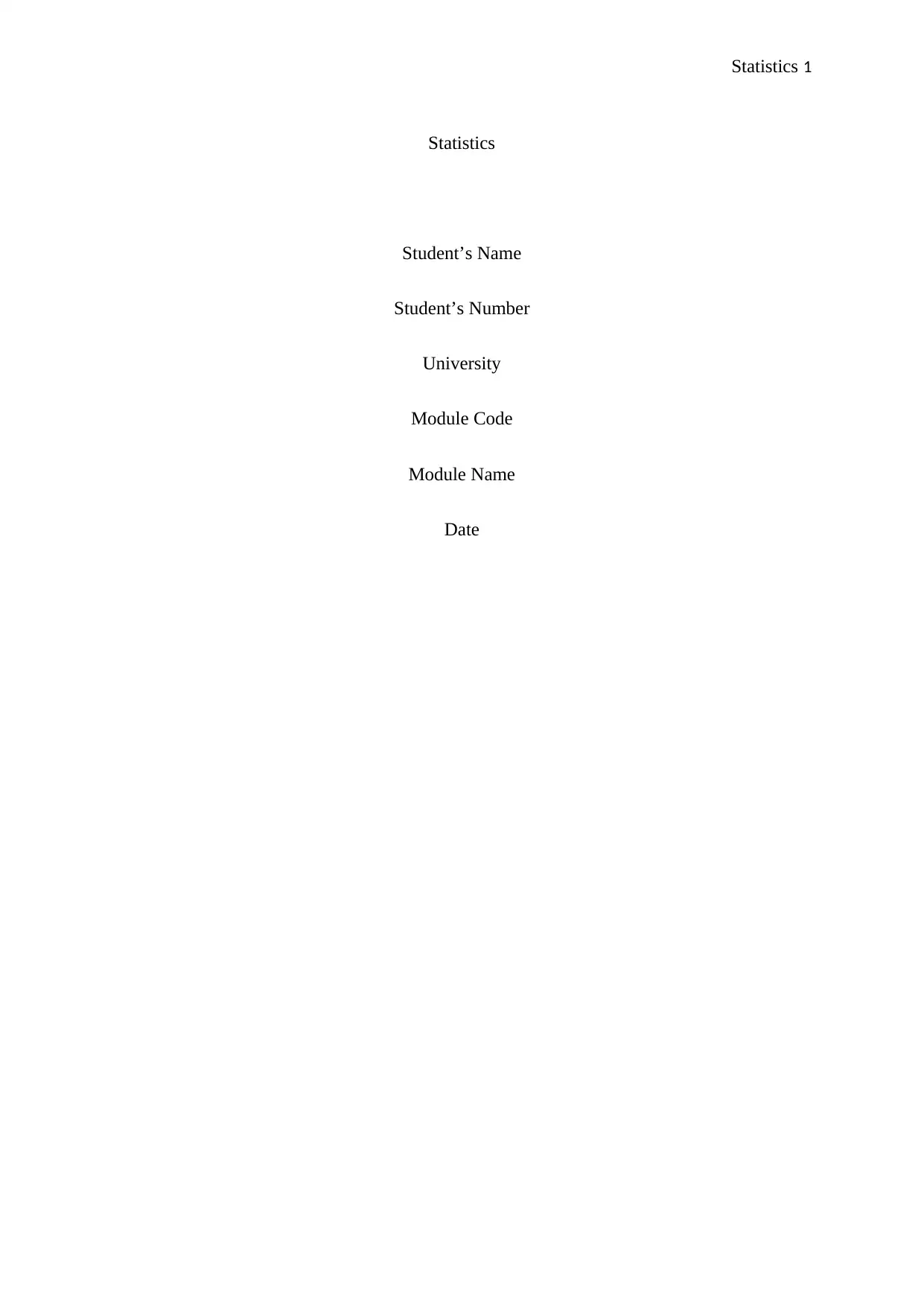
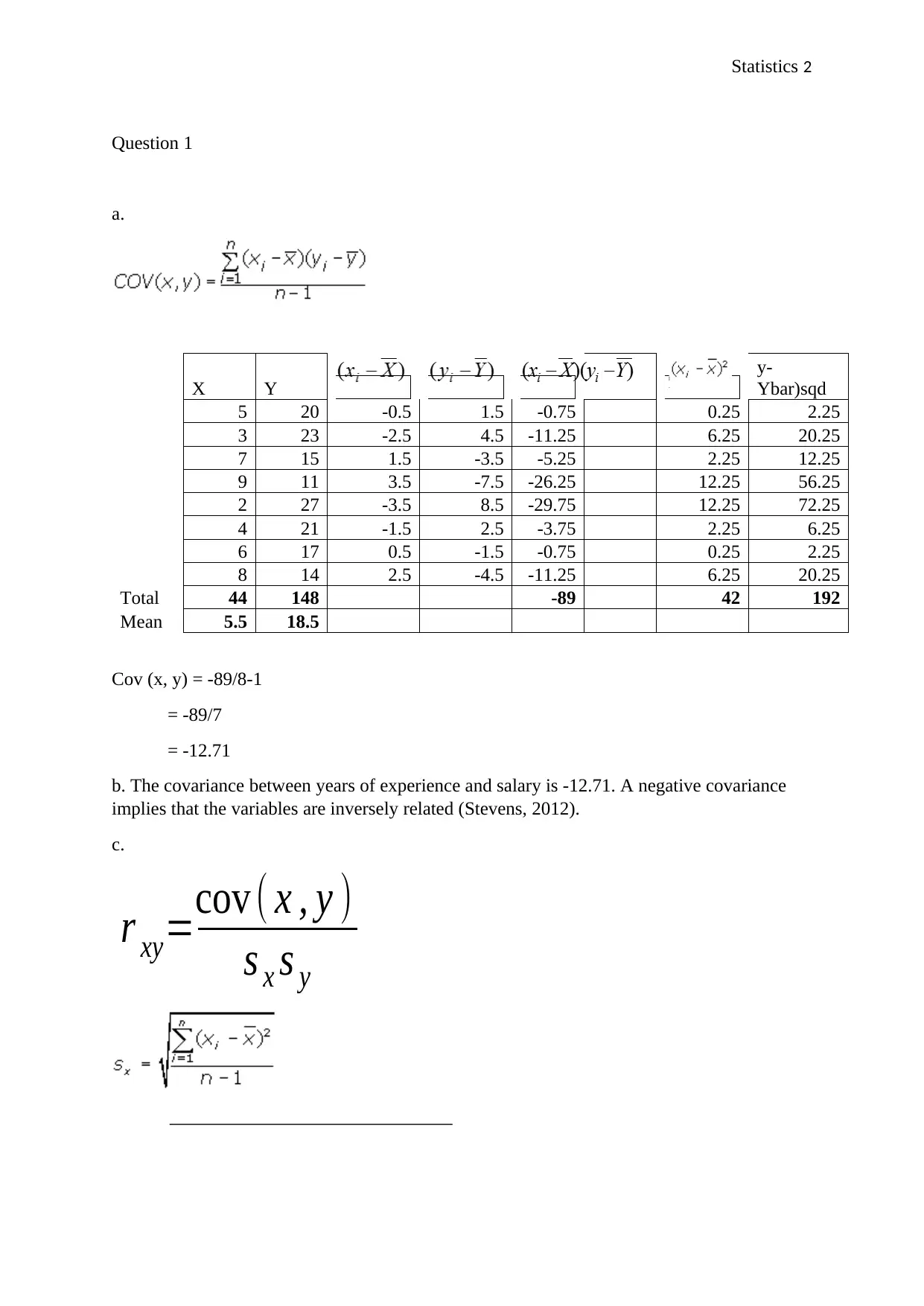
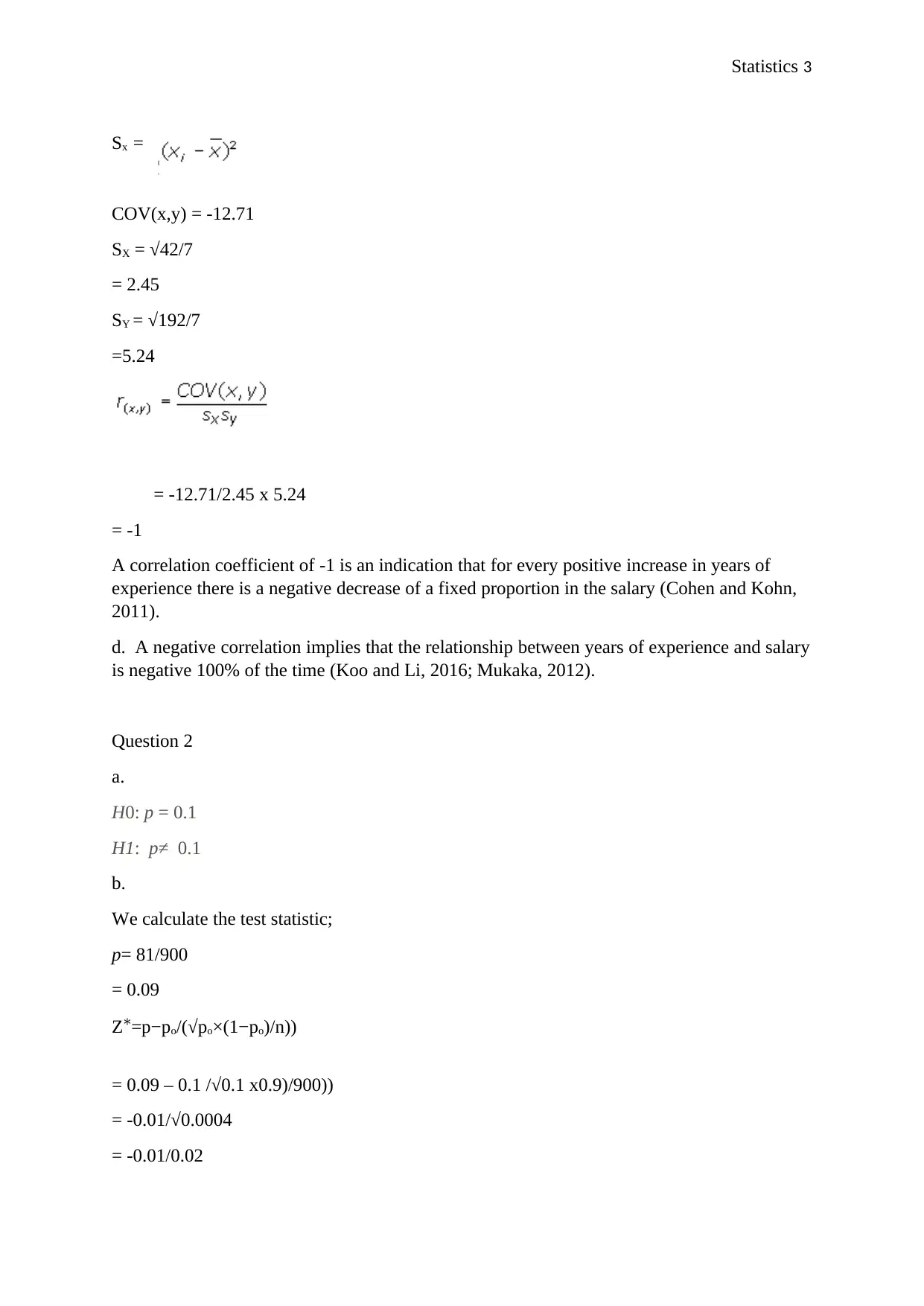

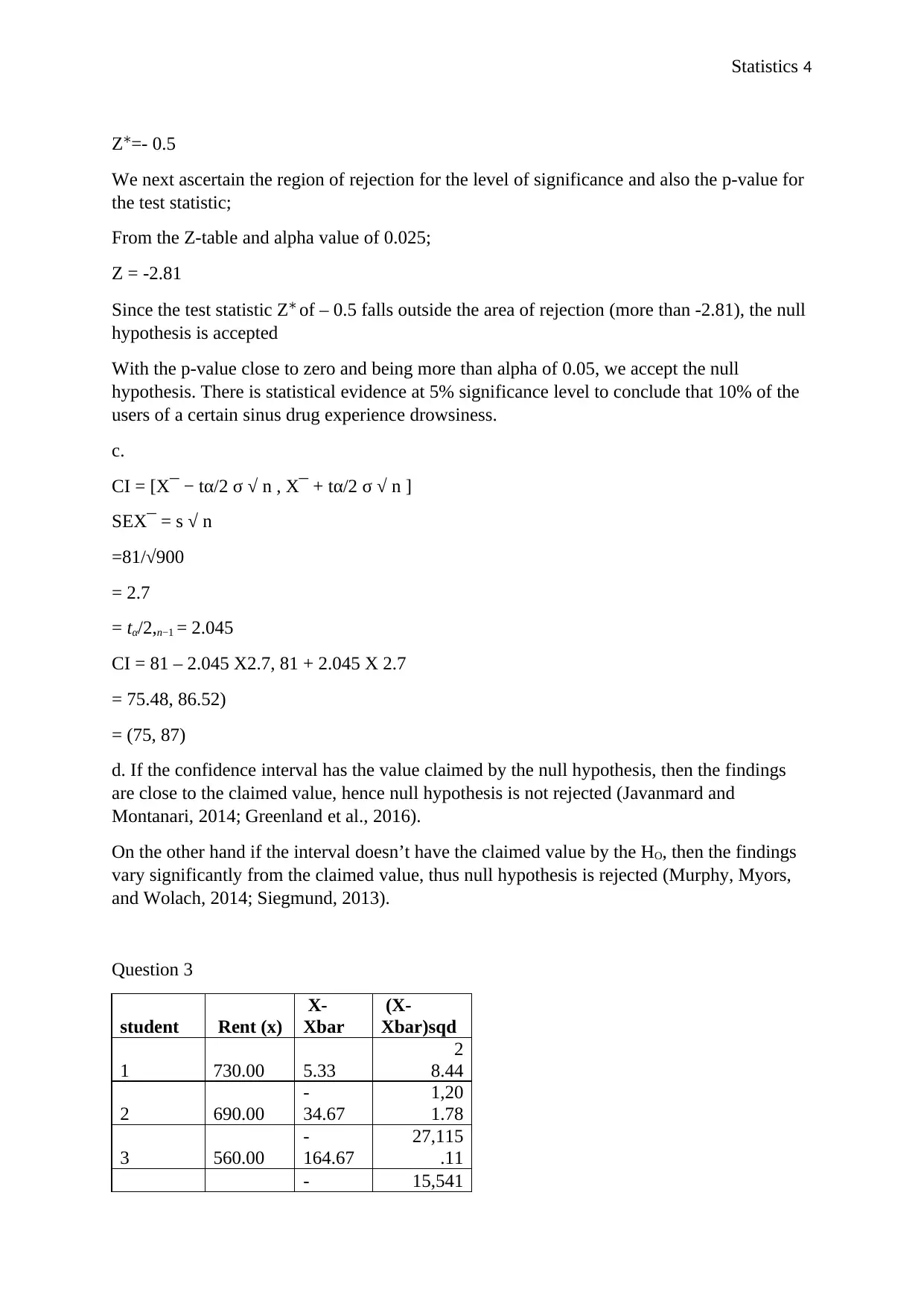
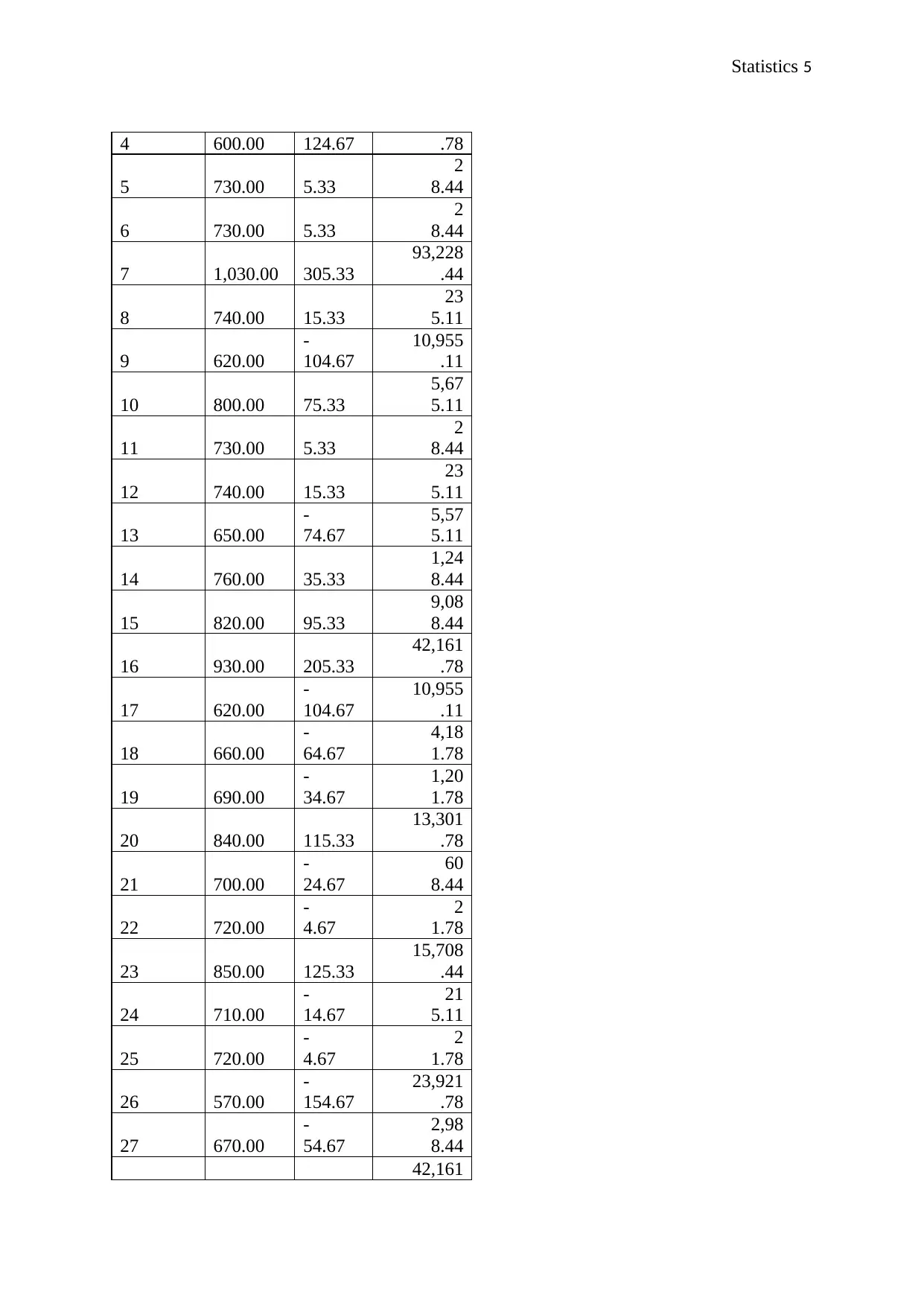
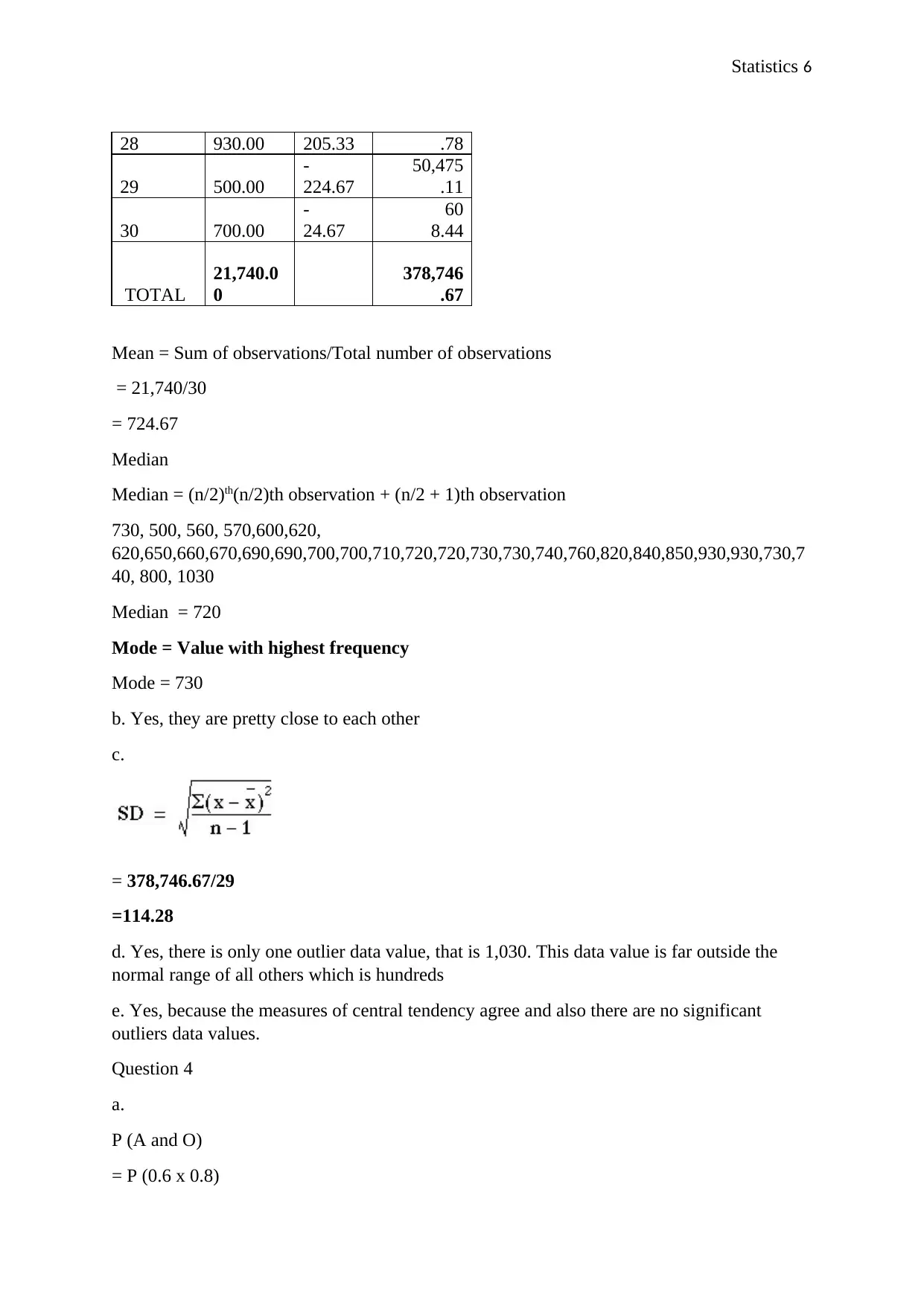

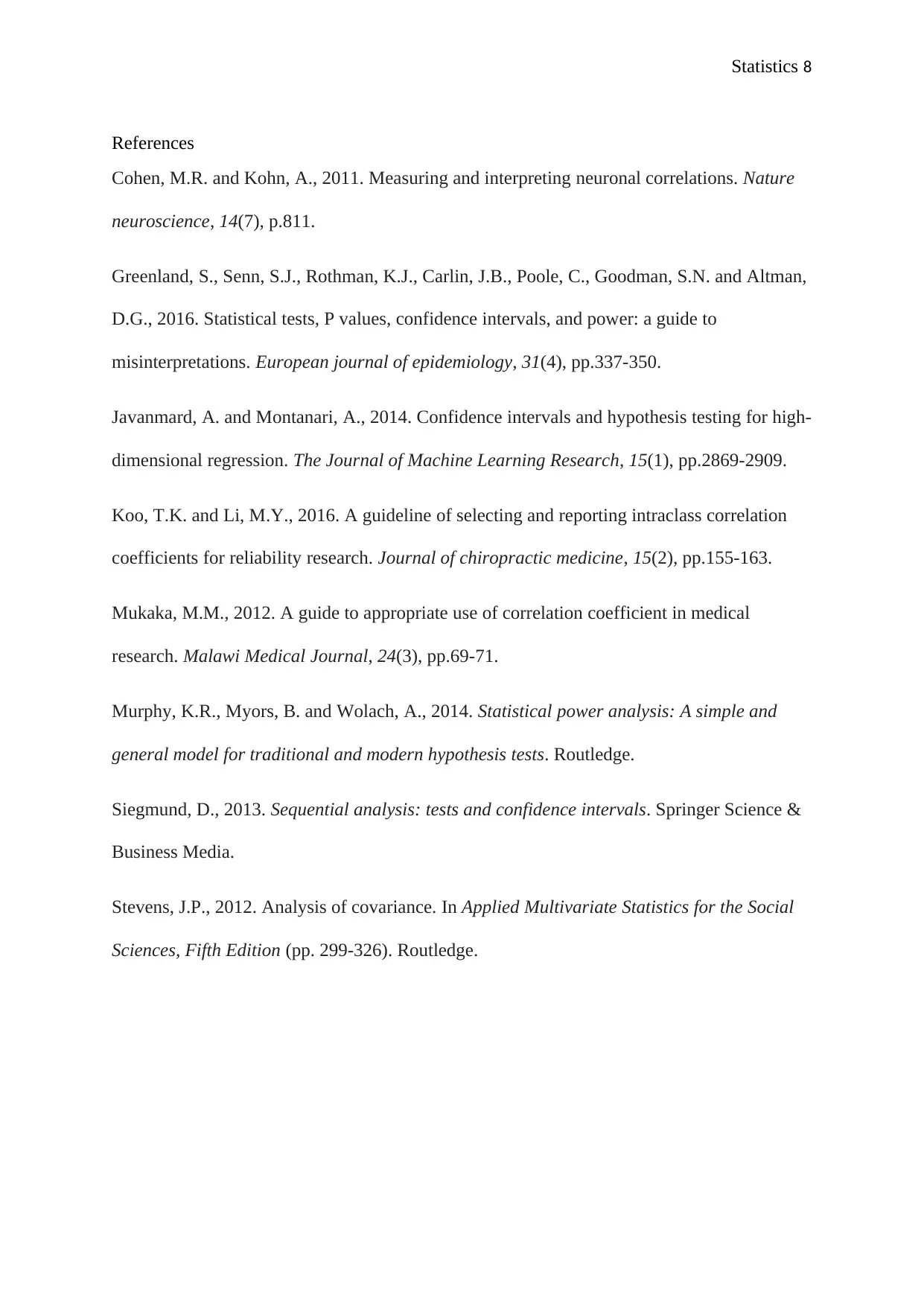


![[object Object]](/_next/static/media/star-bottom.7253800d.svg)